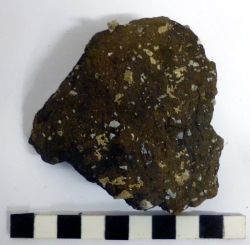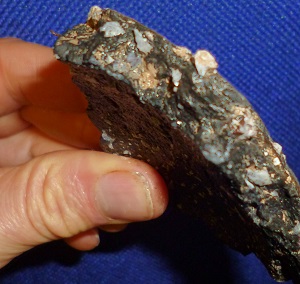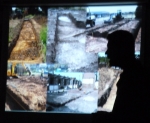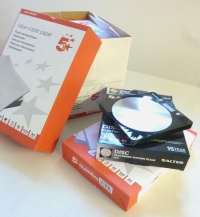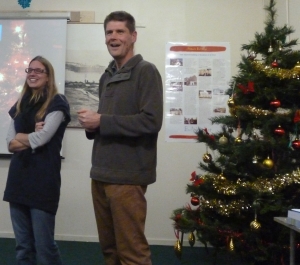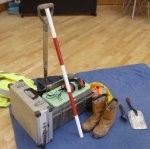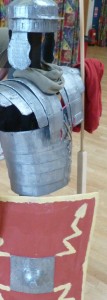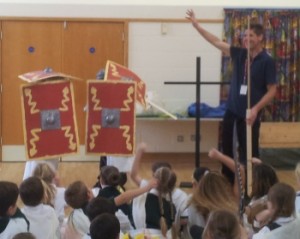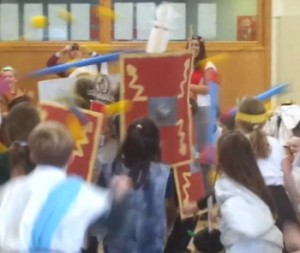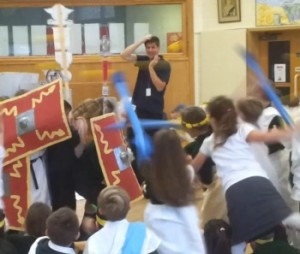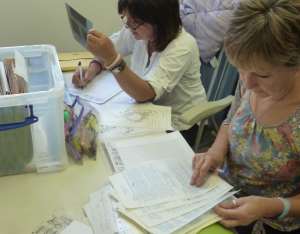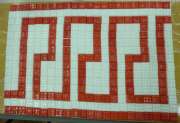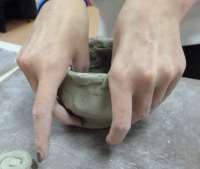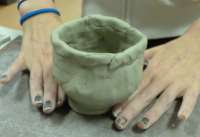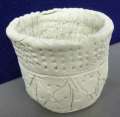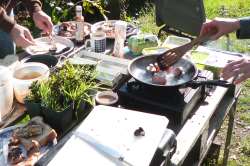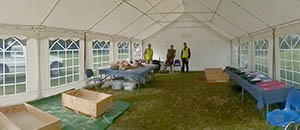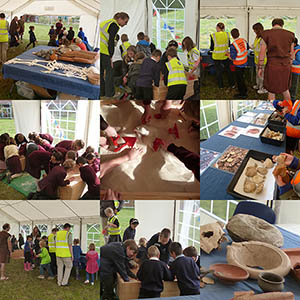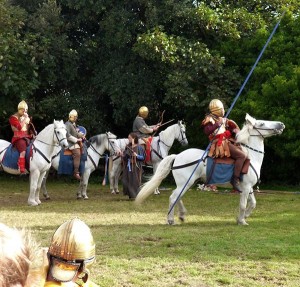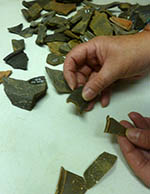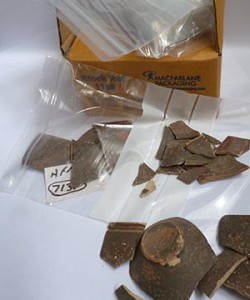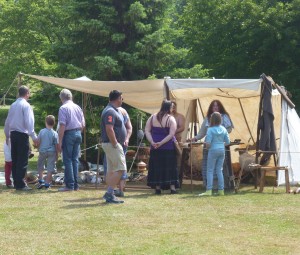
Our new year message is that exploring your past is a rich and rewarding thing to do, helping you to understand the the way you live today.
There are many ways to get involved in exploring the past, finding out about the places that you live in and discovering something about your own place in the world. Who were your ancestors, who lived before you in your town or even your house?
The range can be wide, exploring the past over thousands of years or even just the the last few years, or even the last few minutes. You could simply ask how we all arrived here together at this moment to begin thinking about how our history affects our current place in the world.
There are so many ways to explore the past, through television programmes and the internet or even taking part in research through archives or in an archaeological dig. You can experience another way of life through costume and re-enactment or visit a museum and see the objects from the past that have been preserved because of what they tell us about a way of life which may have changed forever.
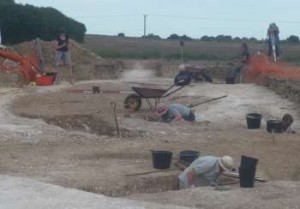
You don’t need to have any technical skills, the only thing you need to do is listen to your own interests. Begin to explore the questions that you ask yourself about your own life and find some way to answer them through reading or taking part in some sort of activity. Begin with who, where what and most important, when.
There is always someone or some resource out there to help you discover what you want to know. You can work alone or better still join a group of people with the same interests. If you don’t like or understand one way of exploration, find another way, most importantly find your own way.
Make it your resolution for 2014 to find out something about the past and what it could tell you about your own life.
Sharing our favourite historical resources
So here’s a recommendation for a start to your new historical year from our Deputy Director: Its a book called ‘Who will write our History: Rediscovering a hidden archive from the Warsaw Ghetto’ by Samuel D. Kassow. The book is about people who made the effort to enquire about their own lives and circumstances under terrible conditions. In researching and recording the experience and history of those around them a dedicated group of researchers created a lasting record of their lives that endured the almost total destruction of everything around them. A very moving book about humanity in adversity, a great read. You can find a link to the book on Amazon here.
Tell us about your favourites
What are the books and resources that have had the most effect on your interest in the past? We would love to see your comments.
